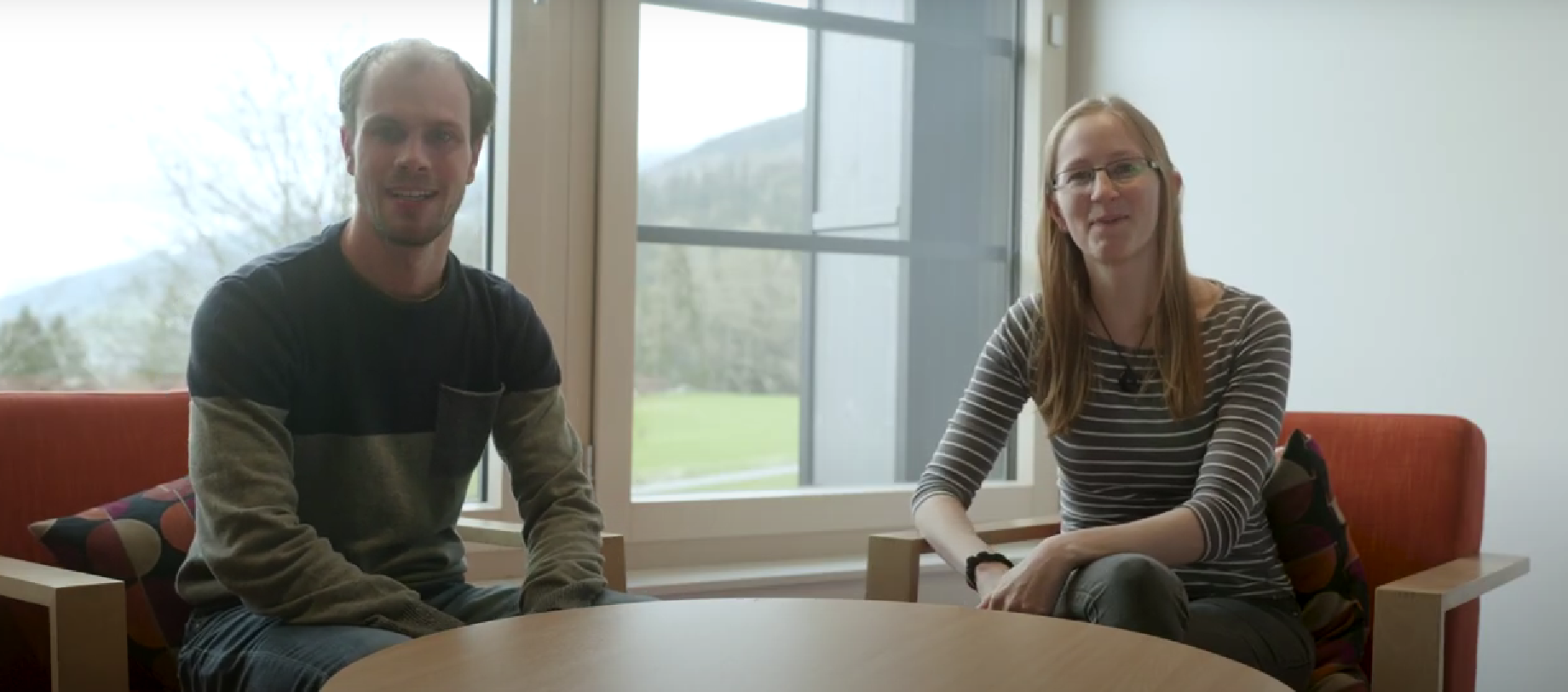In the latest #ParityPrinciples episode by ParityQC released on YouTube, the company’s Co-Leads of the Co-Design department, Michael Fellner and Anette Messinger, talk about an exploration of a major advancement in ParityQC’s technology: Universal Parity Quantum Computing.
A universal quantum computer, capable of executing any quantum operation, has vast potential applications in the real world, extending beyond specific uses like solving optimization problems.
In 2022, Fellner and Messinger — along with physicists Kilian Ender and Wolfgang Lechner — unveiled a new universal gate set for quantum computers. This development, rooted in the ParityQC Architecture, boasts all-to-all connectivity and inherent error correction capabilities. Their research, titled “Universal Parity Quantum Computing,” was published in the journal Physical Review Letters.
In the short video, Fellner and Messinger describe how the essence of their work revolves around the Parity Code, which doubles as a stabilizer code defined by specific parity constraints. They explain how the product of the eigenvalues of two qubits correlates with the eigenvalue of a third qubit, illustrating a fundamental aspect of their approach. This relationship is central to their definition of ‘parity qubits,’ where one qubit represents the parity of others.

In terms of quantum operations, their methodology facilitates the implementation of certain multi-qubit interactions. For example, they can easily execute operations like the RS ad set gate through simple local operations on parity qubits. However, they acknowledge the complexity of implementing other interactions within this framework.
To address these challenges, they’ve devised a strategy that combines direct single qubit interactions with more complex ones enabled by the Parity encoding. This innovative approach involves alternating between blocks of gates within the Parity encoding and others applied directly to the qubits. Remarkably, they’ve developed a method that allows this interchange with only a constant time overhead, leveraging measurements and classical information processing akin to quantum teleportation.
Their approach is reminiscent of quantum repeaters, where a sequence of local entangling gates and measurements can generate long-range entanglement. They’ve applied this method to execute the quantum approximate optimization algorithm (QAOA) in constant time, independent of system size, a significant step towards realizing quantum advantage with imminent quantum devices.
This development by Keller, Messinger, and the team at ParityQC represents a pivotal advancement in quantum computing. The potential of this technology is immense, and its future applications are eagerly anticipated.
Featured image: Credit: ParityQC
If you found this article to be informative, you can explore more current quantum news here, exclusives, interviews, and podcasts.
















